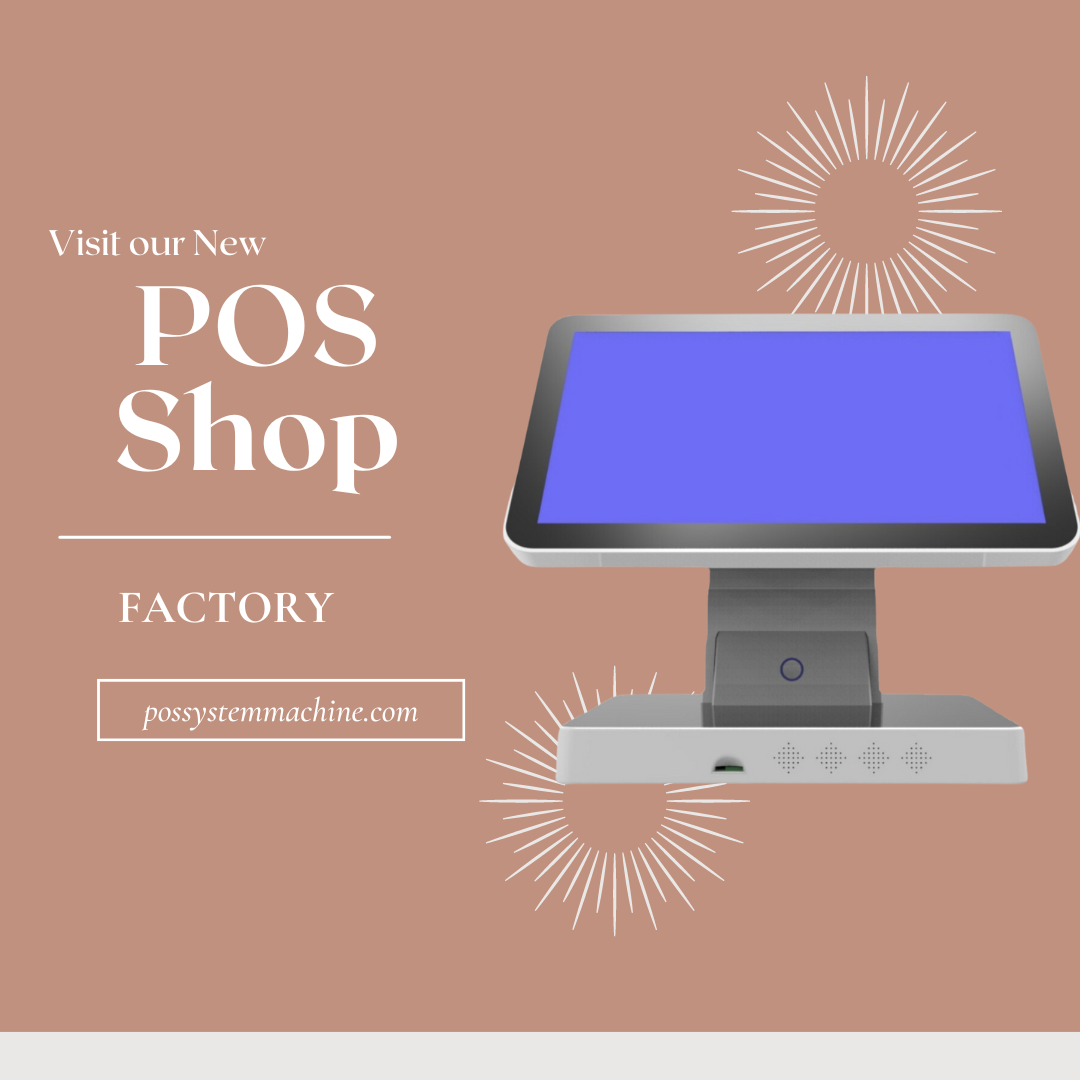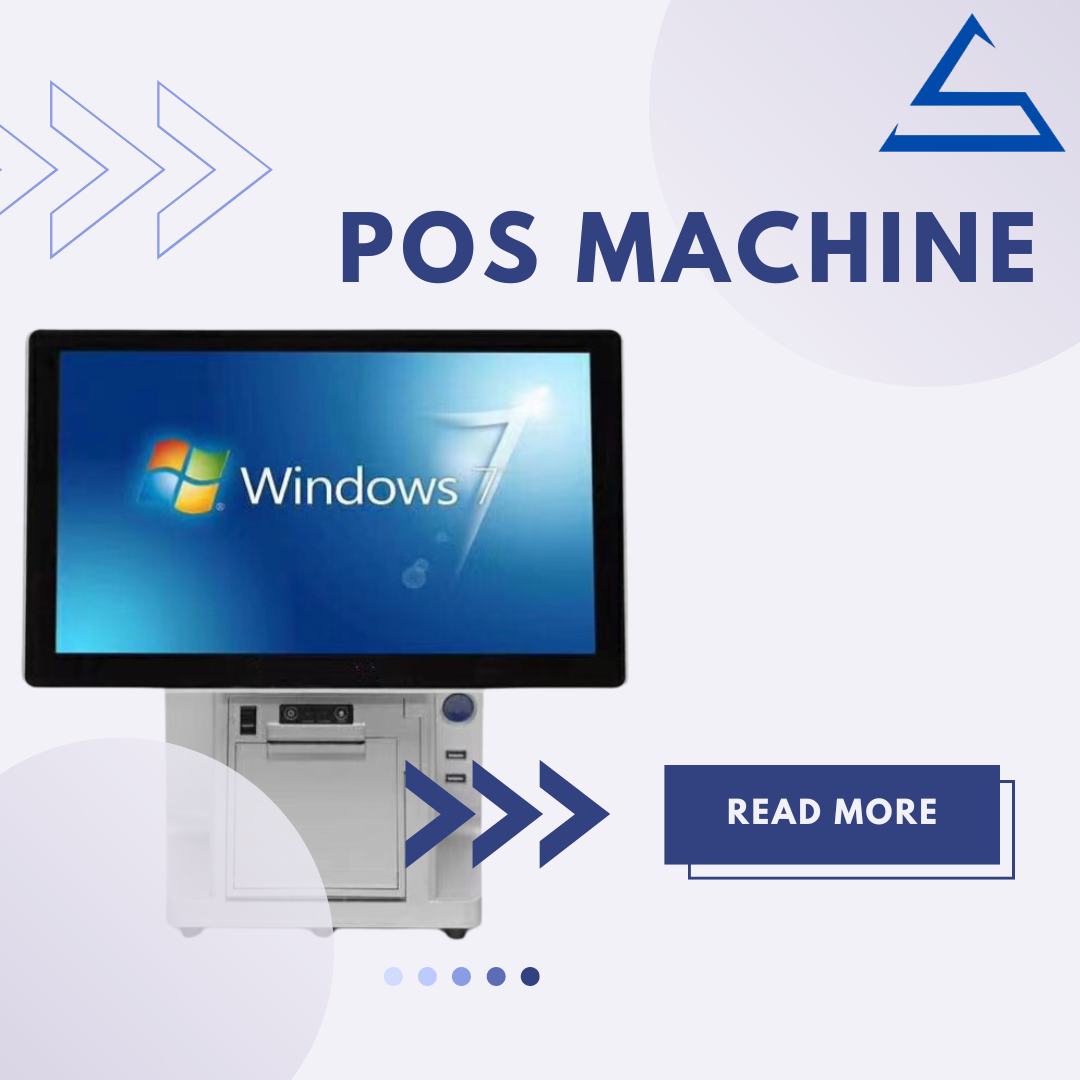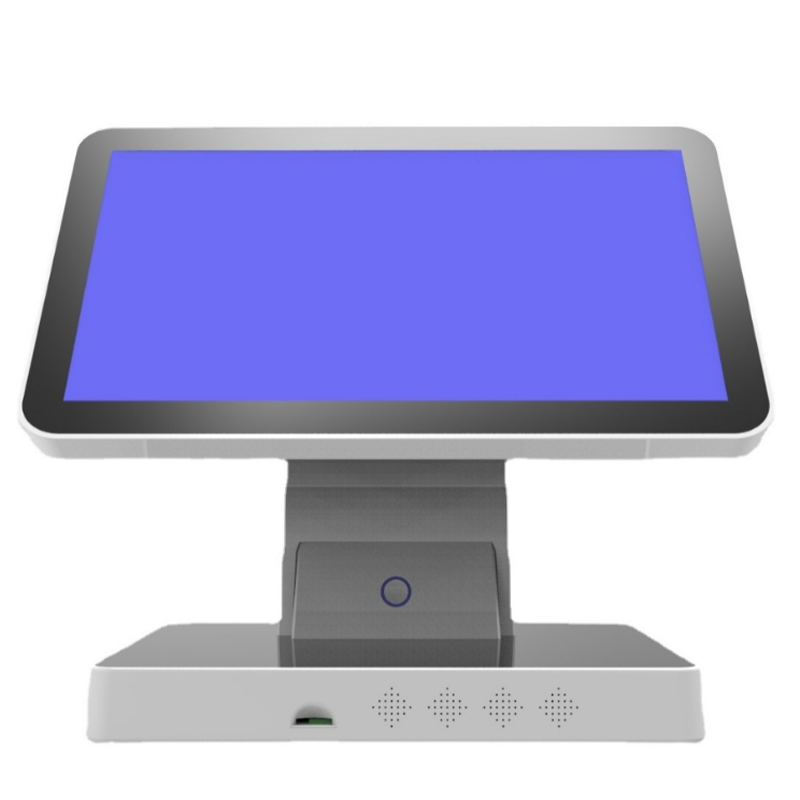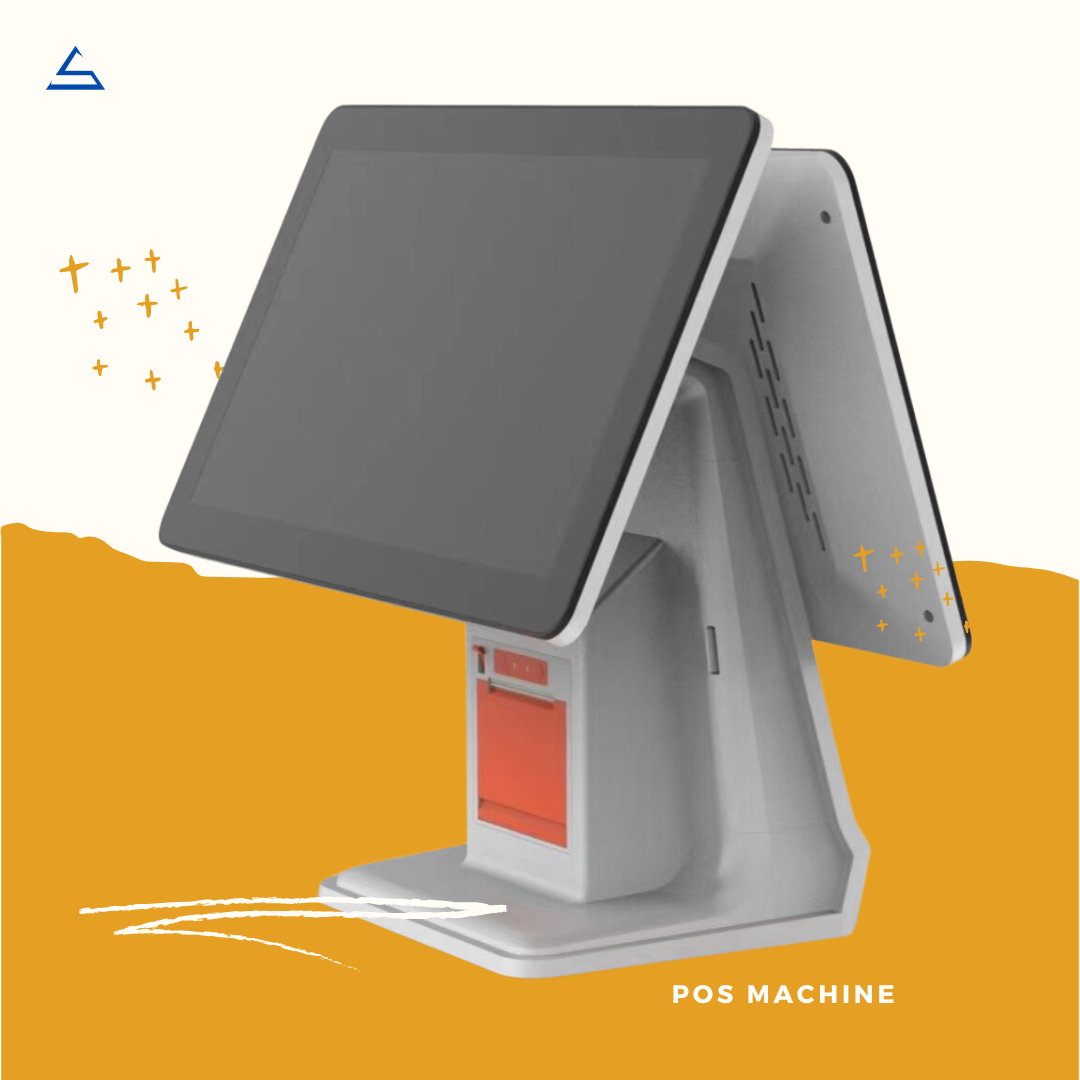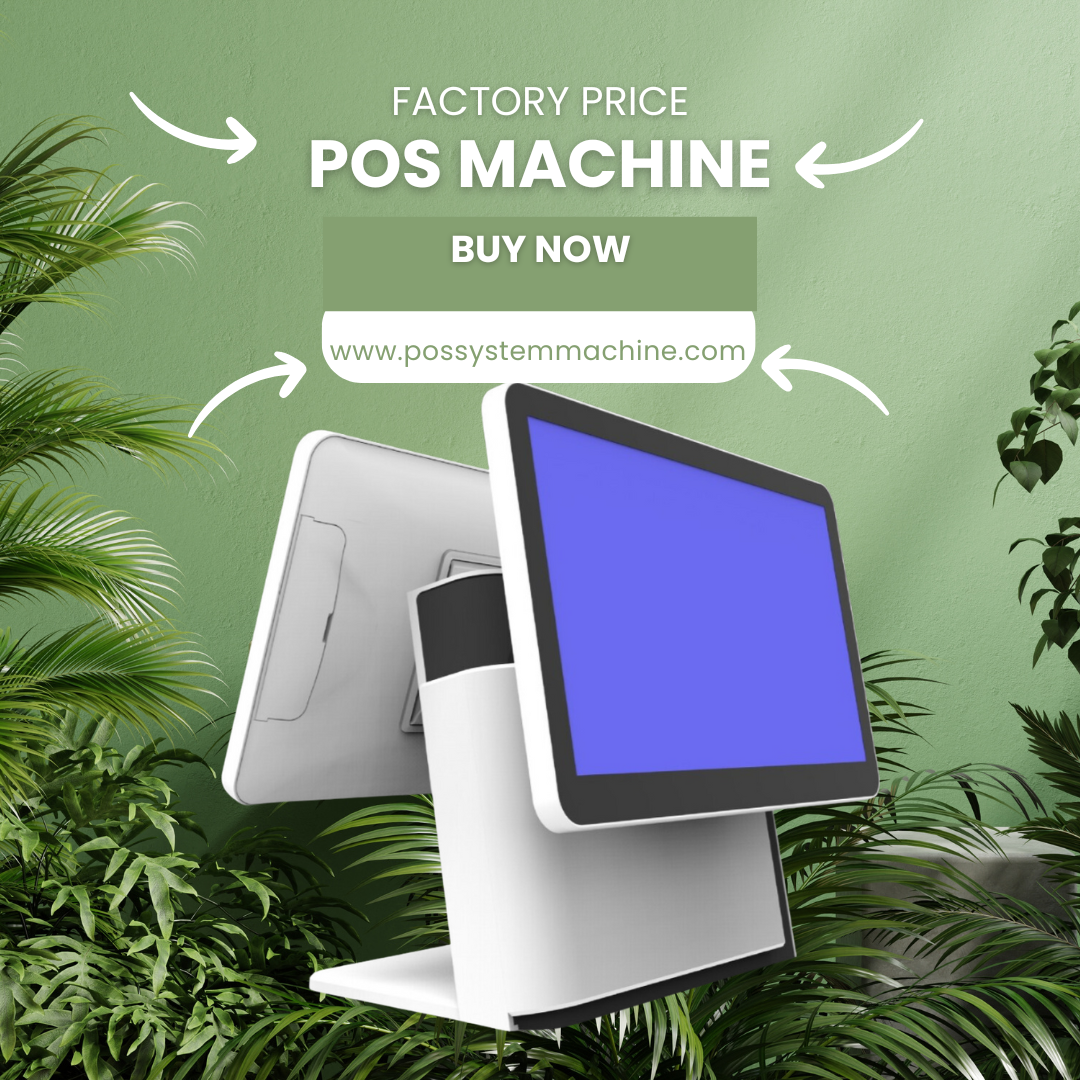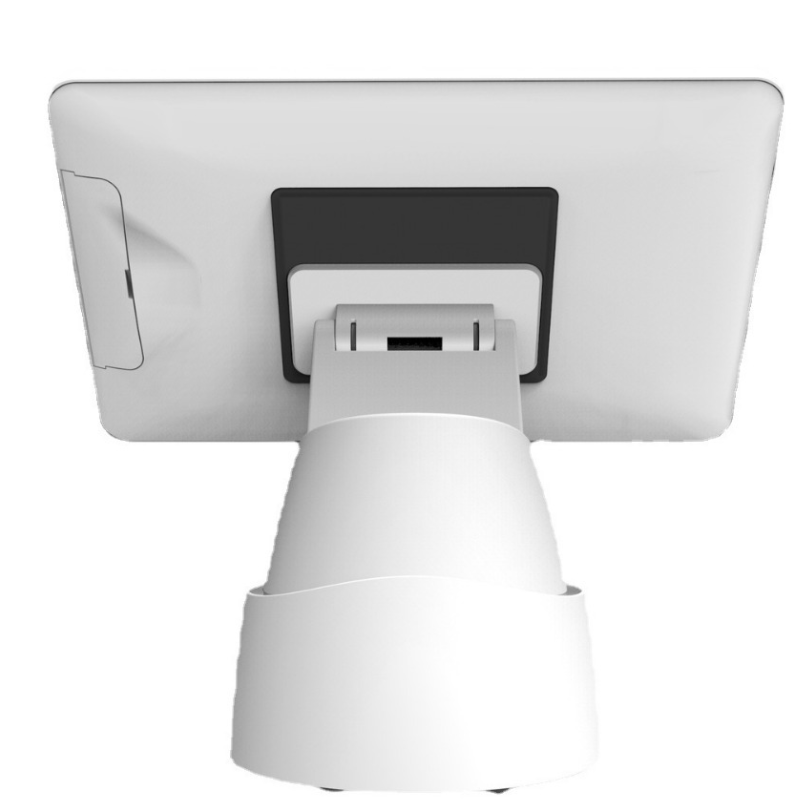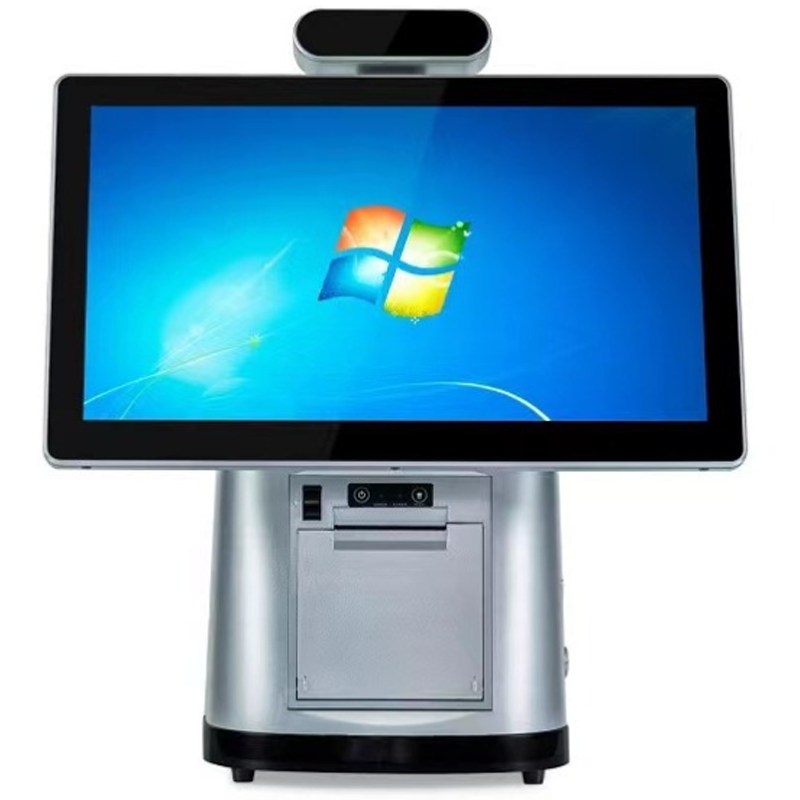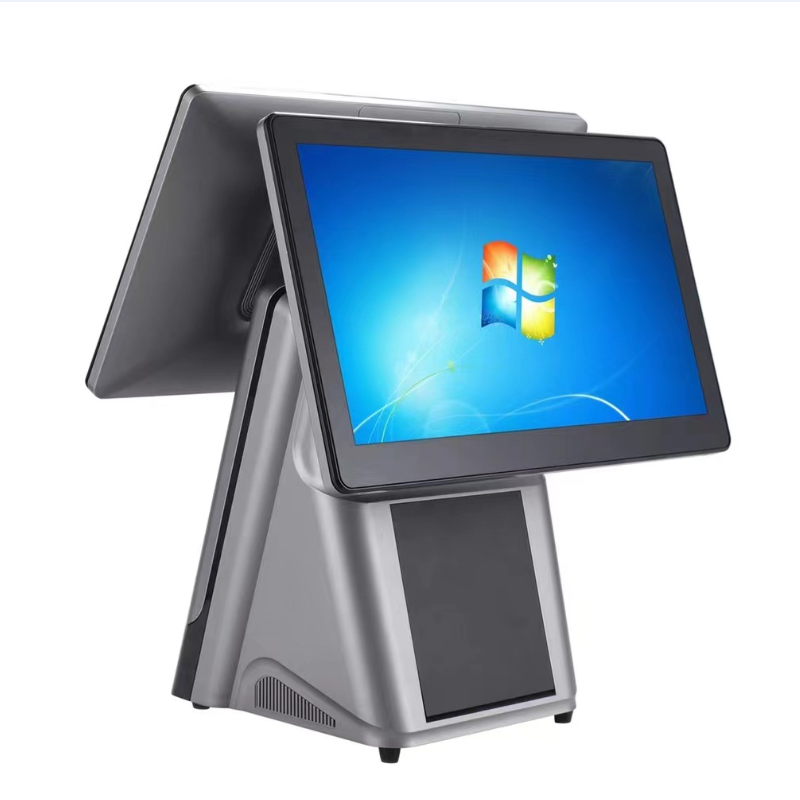what is pos machine
Table of Contents
Summary
In today’s fast-paced business world, Point of Sale (POS) machines have become an indispensable tool for retailers, restaurants, and service providers. But what exactly is a POS machine, and why is it so crucial for businesses? This comprehensive guide will demystify POS systems, exploring their functions, benefits, and how they’re revolutionizing the way we conduct transactions. Whether you’re a business owner looking to upgrade your payment system or simply curious about the technology behind modern commerce, this article will provide valuable insights into the world of POS machines.
What is a POS Machine?
A POS machine, short for Point of Sale machine, is a hardware and software system used to process transactions, manage inventory, and perform various other business operations. At its core, a POS machine is much more than just a cash register. It’s a sophisticated tool that combines payment processing, inventory tracking, and customer management into one integrated system.Modern POS machines typically consist of:
- A computer or tablet running specialized POS software
- A cash drawer
- A receipt printer
- A barcode scanner
- A credit card reader
These components work together to streamline the checkout process, making transactions faster and more efficient for both businesses and customers.
How Does a POS System Work?
A POS system works by integrating various business operations into a single platform. Here’s a basic overview of how a typical POS system functions:
- Item Selection: When a customer decides to make a purchase, the cashier scans the item’s barcode or manually enters the product information into the POS system.
- Price Calculation: The POS software automatically calculates the total price, including any applicable taxes or discounts.
- Payment Processing: The customer pays using their preferred method (cash, credit card, mobile payment, etc.). The POS system securely processes the payment and updates the transaction record.
- Inventory Update: Once the sale is complete, the POS system automatically adjusts the inventory levels to reflect the sold items.
- Receipt Generation: The system generates a receipt, which can be printed or sent electronically to the customer.
- Data Recording: All transaction data is stored in the system, allowing for easy access to sales reports and analytics.
This seamless integration of various business processes is what makes POS systems so valuable to modern businesses.
What Are the Key Components of POS Software?
POS software is the brain of the entire system, coordinating all the hardware components and managing various business functions. Here are some key features typically found in POS software:
- Sales Processing: Handles transactions, applies discounts, and calculates taxes.
- Inventory Management: Tracks stock levels, alerts for low inventory, and assists with reordering.
- Customer Relationship Management (CRM): Stores customer information and purchase history for personalized service and marketing.
- Reporting and Analytics: Generates sales reports, tracks employee performance, and provides business insights.
- Employee Management: Manages staff schedules, tracks hours worked, and monitors sales performance.
- Integration Capabilities: Connects with other business tools like accounting software or e-commerce platforms.
What POS Hardware Do Businesses Need?
While the specific hardware needs may vary depending on the business type, here are some common POS hardware components:
- Terminal: This is the main device (computer or tablet) that runs the POS software.
- Cash Drawer: For securely storing cash and making change.
- Receipt Printer: Prints physical receipts for customers.
- Barcode Scanner: Quickly inputs product information into the system.
- Card Reader: Processes credit and debit card payments.
- Customer Display: Shows transaction details to the customer.
Some businesses may also require additional hardware like kitchen printers for restaurants or handheld devices for tableside ordering.
What Are the Benefits of Using a POS System?
Implementing a POS system can bring numerous advantages to businesses of all sizes:
- Improved Efficiency: Streamlines checkout processes, reducing wait times and improving customer satisfaction.
- Better Inventory Management: Real-time tracking helps prevent stockouts and overstock situations.
- Enhanced Customer Service: Access to customer purchase history allows for personalized recommendations and loyalty programs.
- Accurate Reporting: Detailed sales reports and analytics help in making informed business decisions.
- Reduced Human Error: Automated processes minimize mistakes in pricing and inventory counting.
- Scalability: Many modern POS systems can easily grow with your business, supporting multiple locations and online sales.
How Do Cloud-Based POS Systems Differ from Traditional Ones?
Cloud-based POS systems have gained popularity in recent years due to their flexibility and accessibility. Here’s how they differ from traditional on-premise systems:Cloud-Based POS Systems:
- Data is stored on remote servers
- Accessible from anywhere with an internet connection
- Regular automatic updates
- Lower upfront costs (usually subscription-based)
- Easier to scale and add new features
Traditional POS Systems:
- Data is stored on local servers
- Can only be accessed on-site
- Manual updates required
- Higher upfront costs but potentially lower long-term costs
- May be more difficult to scale or add new features
Many businesses are opting for cloud-based systems due to their flexibility and lower initial investment.
How Does a POS System Handle Inventory Management?
Effective inventory management is crucial for businesses, and POS systems play a vital role in this process:
- Real-Time Tracking: POS systems update inventory levels with each sale, providing accurate, up-to-date stock information.
- Low Stock Alerts: Automatically notify managers when items are running low and need to be reordered.
- Sales Trend Analysis: Help identify fast-moving and slow-moving items to optimize stock levels.
- Multi-Location Management: For businesses with multiple stores, POS systems can track inventory across all locations.
- Supplier Management: Some systems can automate the reordering process with integrated supplier information.
By automating these processes, POS systems help businesses maintain optimal inventory levels, reducing costs and improving customer satisfaction.
How Can POS Systems Improve Customer Relationship Management?
POS systems are not just about processing transactions; they can also be powerful tools for managing customer relationships:
- Customer Profiles: Store customer information and purchase history for personalized service.
- Loyalty Programs: Implement and manage reward systems to encourage repeat business.
- Targeted Marketing: Use customer data to create personalized promotions and offers.
- Feedback Collection: Some POS systems include features for collecting and managing customer feedback.
- Purchase Tracking: Help resolve disputes by providing detailed transaction histories.
By leveraging these features, businesses can enhance customer satisfaction and build long-term loyalty.
What Security Measures Should POS Systems Have?
As POS systems handle sensitive financial and personal data, security is paramount. Here are some key security features to look for:
- PCI DSS Compliance: Ensures the system meets payment card industry security standards.
- End-to-End Encryption: Protects data as it’s transmitted between the POS system and payment processors.
- Tokenization: Replaces sensitive data with unique identification symbols to protect customer information.
- User Access Controls: Allows businesses to set different permission levels for employees.
- Fraud Detection: Advanced systems can flag suspicious transactions for review.
- Regular Software Updates: Ensures the system is protected against the latest security threats.
Implementing these security measures helps protect both the business and its customers from potential data breaches and fraud.
How to Choose the Best POS System for Your Business?
Selecting the right POS system is crucial for your business’s efficiency and growth. Here are some factors to consider:
- Business Type: Different industries have different needs. A restaurant POS system will have different features than a retail POS system.
- Budget: Consider both upfront costs and ongoing fees.
- Ease of Use: The system should be intuitive for your staff to learn and use.
- Scalability: Choose a system that can grow with your business.
- Integration Capabilities: Ensure the POS can integrate with your existing business tools.
- Customer Support: Look for vendors that offer reliable technical support.
- Hardware Compatibility: If you have existing hardware, check if it’s compatible with the new system.
Take the time to research and compare different options, and don’t hesitate to request demos before making a decision.
Tags
Product
Blog
Contact Us
Related Products
Frequently asked questions about wood box manufacutring

